Agrivoltaics Farming in India
Dual-Use Solar Farming with Crops
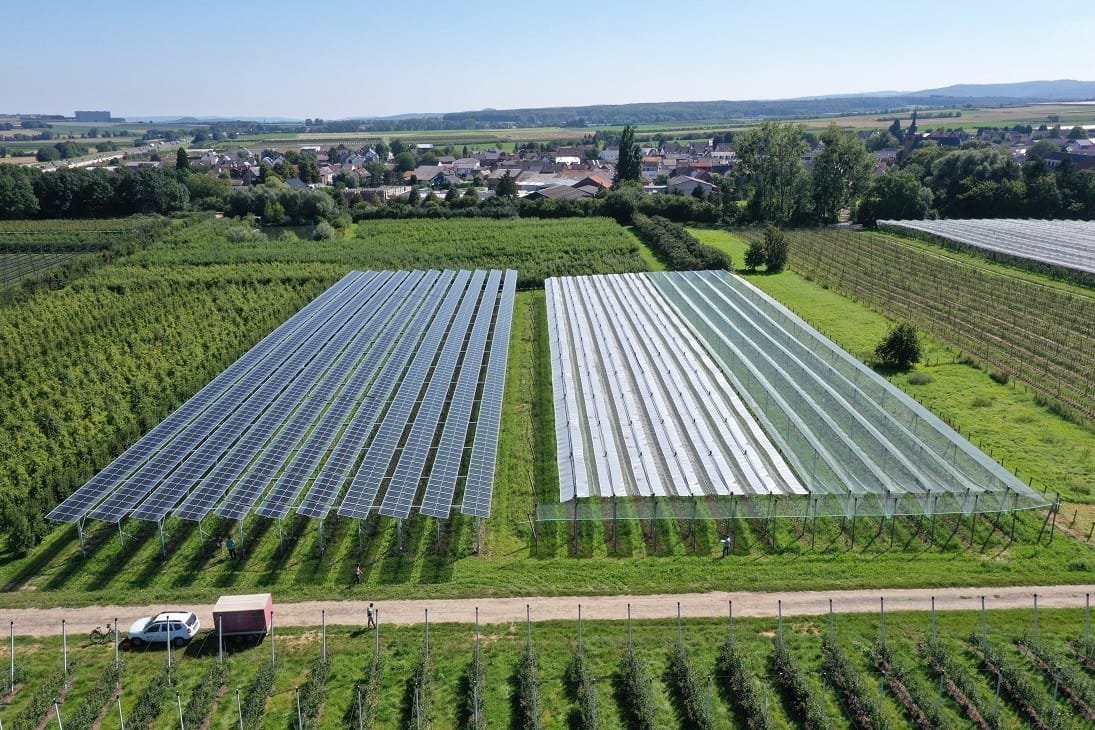
Agrivoltaics farming is redefining the way agricultural land is used by enabling dual-use agriculture with solar panels in fields. Instead of dedicating land solely to farming or solar power generation, agrivoltaics allows farmers to grow crops beneath solar panels while generating clean electricity. This innovative model improves land-use efficiency, crop resilience, and farmer income, making it a vital part of India’s renewable energy and food security strategy.
At Synergy Solar, we specialize in designing and installing agrivoltaics farming systems in fields across India, helping farmers benefit from both sustainable energy and productive agriculture.
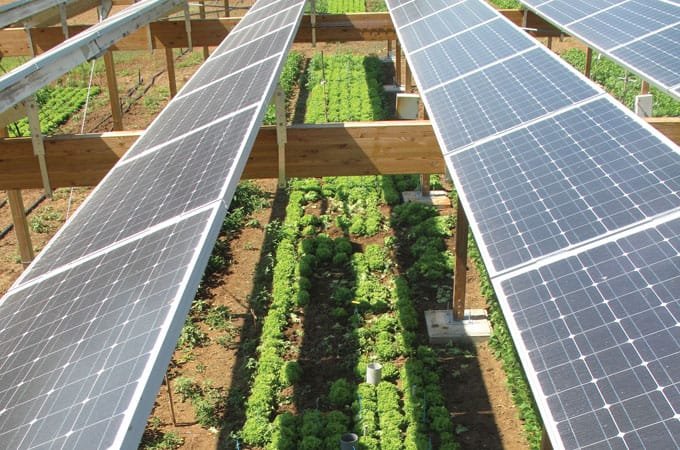
What is Agrivoltaics Farming in Fields?
An agrivoltaics farming system in fields involves installing solar panels above farmland at a raised height and spacing them in a way that allows sunlight to filter through to crops. This enables:
Electricity generation for farm use or sale to the grid.
Crop cultivation in open fields without losing arable land.
Shading benefits that protect plants from extreme heat and reduce water usage.
This dual-use solar farming with crops model is being adopted worldwide and is now gaining momentum in India.
How Open-Field Agrivoltaics Improves Crop Yield
One of the biggest advantages of open-field agrivoltaics farming systems is the creation of a moderated microclimate under solar panels. By reducing extreme weather exposure, these systems help crops grow more consistently and sustainably.

Lower Heat Stress

Water Savings

Extended Growing Seasons
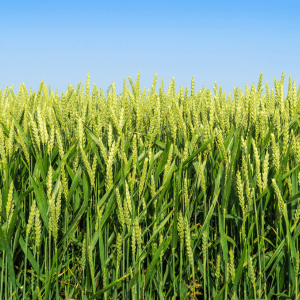
Improved Crop Quality
Key Insight: By moderating temperature, conserving water, and protecting crops, open-field agrivoltaics farming systems not only stabilize yields but often improve both quality and profitability. This makes it a powerful solution for Indian farmers facing rising temperatures and unpredictable rainfall.
Best Crops for Agrivoltaics Solar Farming in India
When practicing open-field agrivoltaics farming, the choice of crops is critical. Since solar panels create partial shading and cooler microclimates, crops that tolerate or even benefit from such conditions perform best.
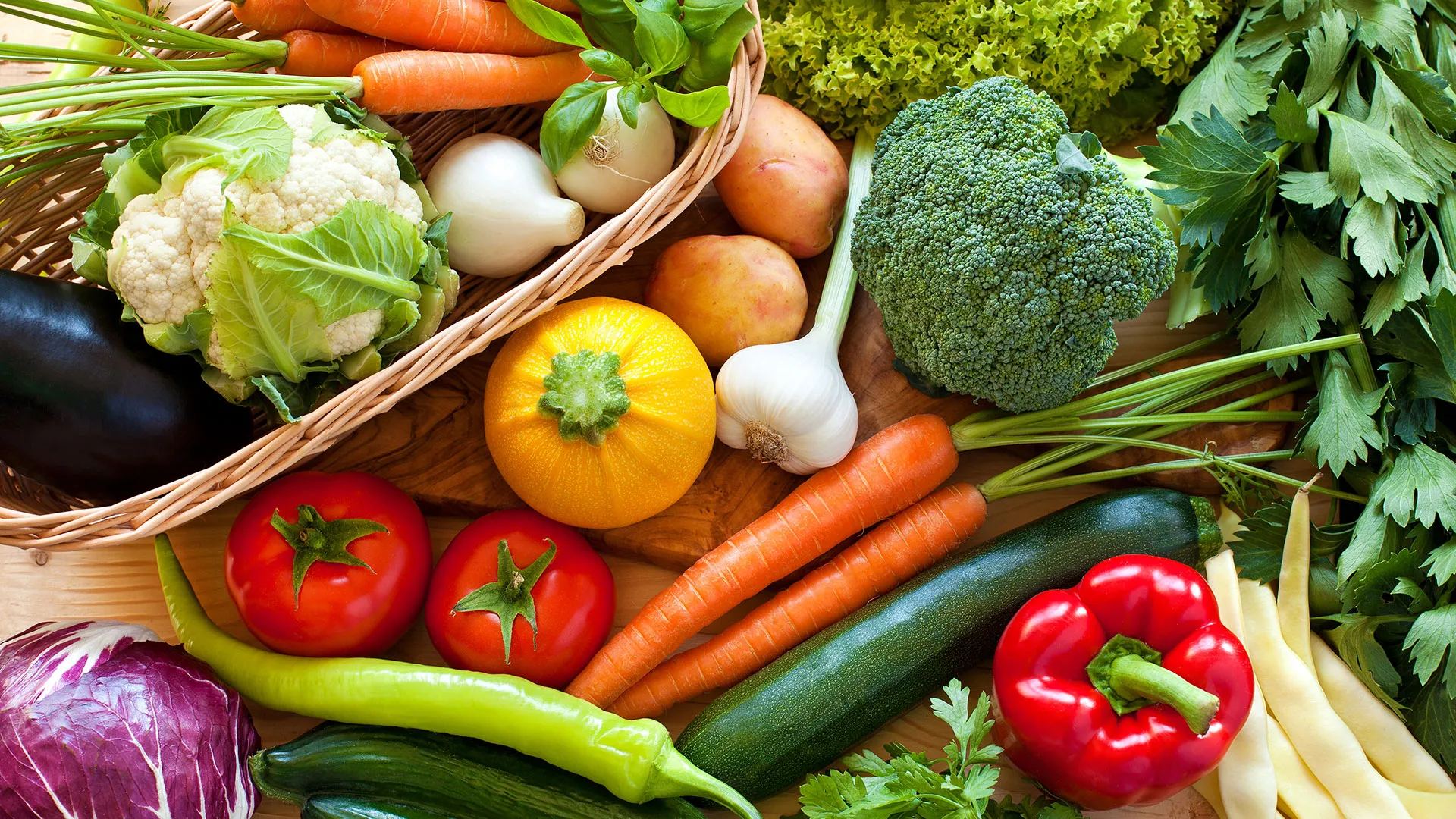
Vegtables
Tomatoes, onions, chillies, cucumbers
- These crops thrive under partial shading, which protects them from heat stress.
- Tomatoes and cucumbers often show better fruit quality and less water demand.
- Onions grown under panels in pilot projects have shown more consistent yields in hot climates.
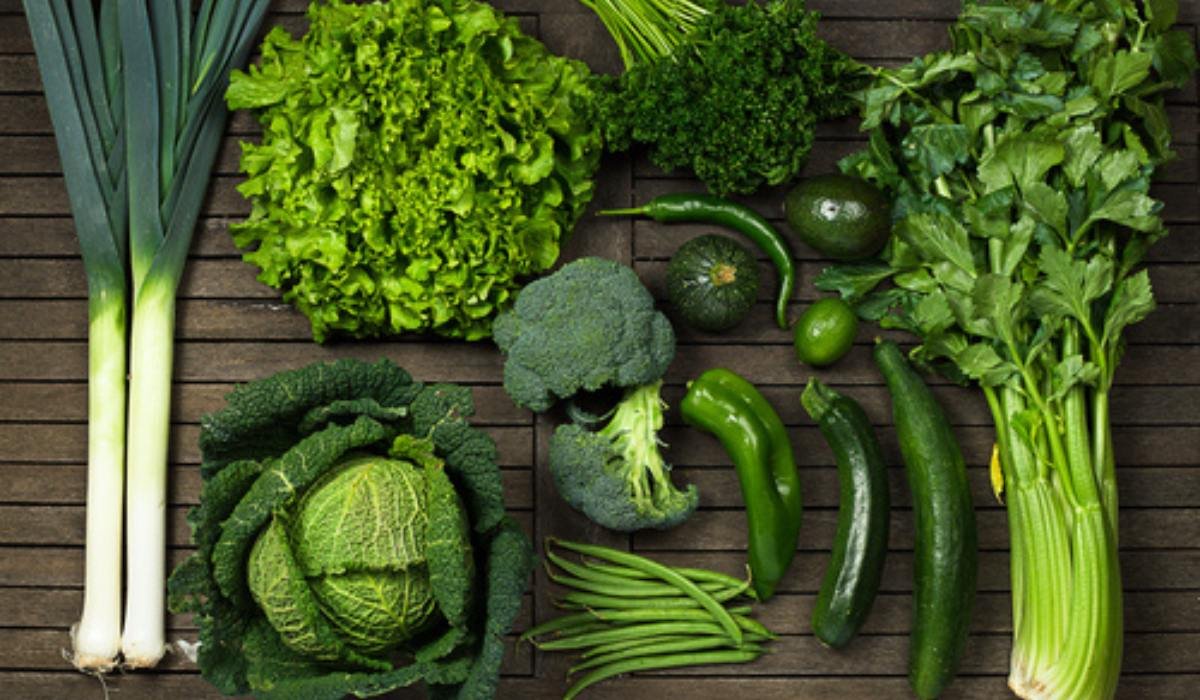
Leafy Greens
Spinach, lettuce, coriander, fenugreek
Naturally shade-loving crops that retain freshness and tenderness under solar panels.
Shaded conditions prevent leaf burn, especially in summer.
In many trials, leafy greens maintained or even improved yields under agrivoltaics.
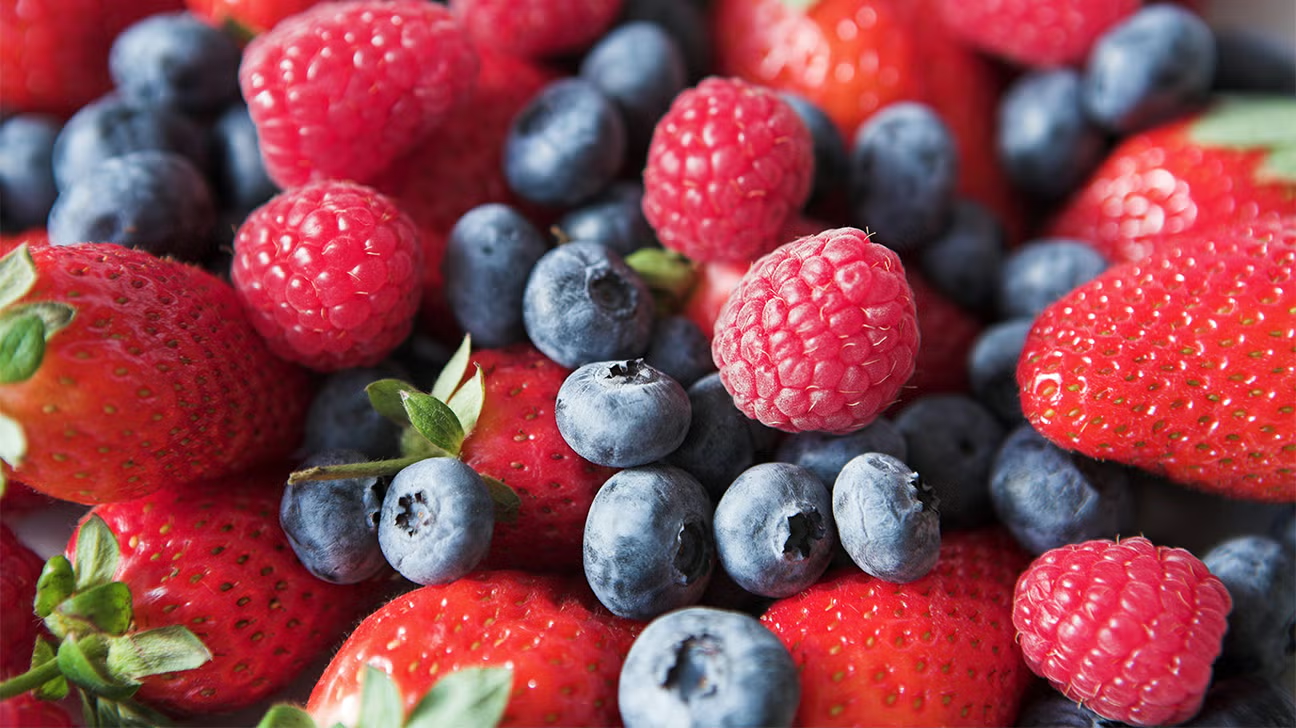
Fruits
Grapes, strawberries, pomegranates
Fruits benefit from solar panel protection against sunburn and excessive heat.
Grapes in India and France grown under panels showed higher sugar content and quality.
Strawberries and pomegranates remain juicier with longer shelf life when protected from direct sun.
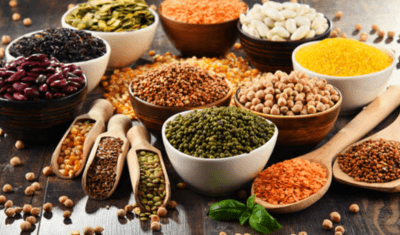
Grains & Pulses
Wheat, soybeans, chickpeas (with spacing considerations)
- Field crops can be cultivated under panels if panel rows are well spaced for sunlight penetration.
- Studies suggest yields remain stable, while water savings are significant.
- These crops are valuable for large-scale agrivoltaics projects in semi-arid regions.
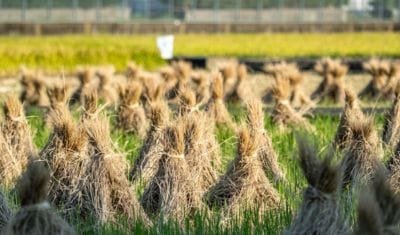
Fodder Crops
Alfalfa, clover (for livestock integration)
Excellent choice for agrivoltaics with sheep and cattle.
Panels provide shade for animals while fodder grows below.
Shade also conserves soil moisture, ensuring steady fodder production.
Key Insight:
The most suitable crops for open-field agrivoltaics are those that can thrive in partial shade, cooler soils, and reduced evaporation. By matching the right crops with solar design, farmers can achieve higher productivity and income from the same land.
Case Studies of Crops Grown Under Solar Panels
India (Maharashtra & Gujarat): Pilot agrivoltaics farming projects with tomatoes, onions, and grapes showed higher yields and reduced irrigation costs.
France (Occitanie Vineyards): Grapes under solar panels had improved quality and reduced irrigation by 30%.
- USA (Arizona): Agrivoltaics farming with chillies and lettuce reduced water demand by 40% while keeping crop output stable.
- Japan: Over 2,000 small agrivoltaics farms are successfully growing tea, rice, and leafy vegetables under solar panels.
These examples prove that crops grown under solar panels can perform as well or even better than in open sun, depending on design and crop type.
ROI of Agrivoltaics Solar Farming with Crops
Agrivoltaics is not just sustainable—it is financially rewarding. By combining crop cultivation with solar electricity generation, farmers gain dual revenue streams while optimizing their land use.
- Setup Cost (India): ₹3.5–4.5 Cr per MW (slightly higher than traditional solar farms due to raised structures and spacing).
- Payback Period: Typically 4–6 years, achieved through a mix of crop sales, reduced irrigation costs, and solar power sales to the grid.
- Annual ROI: Ranges from 12–16%, depending on crop type, regional tariff rates, and project size.
- Carbon Credits: Each 1 MW agrivoltaics project offsets ~1,500 tons of CO₂ annually, opening an additional income opportunity via carbon trading
Key Insight: Farmers adopting agrivoltaics farming systems in fields often double their income compared to traditional farming alone.
Agrivoltaics Farming Benefits for Indian Farmers
Dual Income
Secure earnings from both crops and solar electricity generation.
Water Efficiency
Shading reduces evaporation, cutting irrigation needs by up to 25%.
Crop Protection
Panels shield crops from hail, frost, and excessive heat, reducing weather-related losses.
Sustainability
Contributes directly to India’s 500 GW non-fossil fuel energy target by 2030.
Policy Alignment
Why Choose Synergy Solar for Agrivoltaics Farming?
At Synergy Solar, we don’t just install solar panels — we design complete agrivoltaics farming systems that help farmers maximize income, improve crop resilience, and contribute to India’s clean energy future. Here’s why farmers and investors across India trust us:
Pan-India Service
We supply and install agrivoltaics systems across all major states, ensuring reliable support wherever your farm is located.
Dual Expertise
Specialists in solar technology and agriculture integration, ensuring panels are optimally designed for crops, livestock, or fodder.
Higher ROI
Our systems are built for profitability, with payback periods as short as 4–6 years and long-term income from both crops and electricity.
End-to-End Solutions
From project design, equipment supply, and installation to maintenance, we provide complete support.
With Synergy Solar, you get more than solar panels — you gain a partner in building profitable and sustainable agrivoltaics farms in India.
FAQs About Agrivoltaics
What is agrivoltaics farming in India?
Agrivoltaics farming is the practice of growing crops under solar panels in open fields. It allows farmers to use the same land for both agriculture and electricity generation, increasing land productivity.
Which crops are best for agrivoltaics solar farming?
The best crops for agrivoltaics farming are shade-tolerant varieties such as tomatoes, onions, spinach, lettuce, coriander, grapes, strawberries, and fodder crops like alfalfa.
How does agrivoltaics improve crop yield?
Crops under solar panels benefit from a moderated microclimate: less heat stress, 20–25% water savings, extended growing seasons, and improved fruit quality. Grapes, tomatoes, and strawberries often show higher yields and better flavor.
What is the ROI of agrivoltaics farming systems in fields?
In India, setting up a 1 MW agrivoltaics system costs around ₹3.5–4.5 Cr. Farmers usually recover costs in 4–6 years, with annual ROI of 12–16%, plus additional income from carbon credits.
Do Indian farmers get subsidies for agrivoltaics farming?
While there is no exclusive subsidy for agrivoltaics yet, farmers can benefit from PM-KUSUM subsidies for solar pumps and small solar plants, which reduce project costs and improve profitability.
Can small farmers adopt dual-use solar farming with crops?
Yes. With government subsidies, cooperative models, and falling solar costs, small farmers can also adopt agrivoltaics farming systems and gain dual income from crops and electricity.
What is the difference between agrivoltaics and a normal solar farm?
A normal solar farm uses land only for power generation, while agrivoltaics farming integrates crops with solar panels, enabling dual-use solar farming that produces both food and clean energy.
